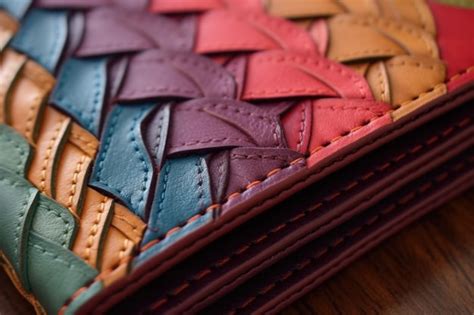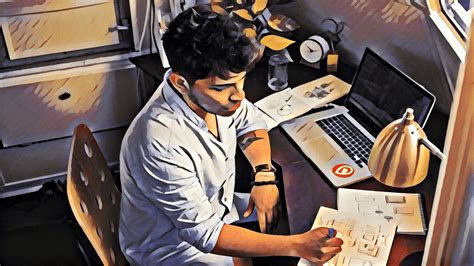When it comes to selecting a men’s wallet, most discerning shoppers naturally gravitate towards renowned brands and the allure of “genuine leather.” While these are certainly important starting points, they often merely scratch the surface of what truly defines a high-quality, long-lasting accessory. Beyond the marketing gloss and brand prestige, there lies a critical, often-overlooked factor that separates a fleeting purchase from a cherished everyday companion: the meticulous attention to its construction and finish.
The Unseen Craftsmanship: Edge Finishing and Stitching
The true testament to a wallet’s durability and aesthetic longevity isn’t just the type of leather, but how that leather is handled and assembled. The two most telling indicators, often ignored, are the quality of its edge finishing and the precision of its stitching. These elements are the silent heroes, dictating how well the wallet will resist daily wear and tear, and how gracefully it will age.

Edges: The First Line of Defense
Think about where your wallet experiences the most friction: sliding in and out of pockets, rubbing against other items. Its edges are constantly under assault. Poorly finished edges are the first to fray, crack, or peel, quickly making even the finest leather look cheap and worn. There are generally three superior methods for finishing edges:
- Burnished Edges: Achieved by hand-sanding, moistening, and then rubbing the leather edge vigorously to create a smooth, dense, and sealed surface. This is a labor-intensive process indicative of high quality.
- Painted Edges: A multi-layer application of a special edge paint, carefully applied and often sanded between coats to create a durable, smooth, and consistent seal. A single, thick coat will crack and peel; multiple thin layers are key.
- Rolled Edges: Where the leather is skived (thinned) and then folded over itself and stitched down. This creates a very clean, refined look and offers excellent durability, as the raw edge is completely encased.
When inspecting a wallet, run your finger along the edges. Do they feel smooth, solid, and uniform? Or do they feel rough, brittle, or show signs of flaking? This small detail speaks volumes about the manufacturer’s commitment to quality.

Stitching: The Structural Integrity
Beyond the edges, the quality of stitching is paramount. It’s not just about holding pieces together; it’s about robust construction that withstands constant bending, stretching, and the pressure of cards and cash. Look for:
- Straight, Even Stitches: Each stitch should be uniform in length and perfectly aligned. Inconsistent or wavy stitching indicates rushed production and potential weakness.
- High Stitch Count per Inch: Denser stitching (more stitches per inch) creates a stronger, more durable seam. Sparsely stitched areas are prone to tearing.
- Strong Thread: While hard to assess visually, higher-quality wallets use waxed polyester or nylon thread, which resists rot, abrasion, and provides superior strength compared to cotton threads. Look for threads that are well-seated in the leather, not sitting loosely on top.
- Reinforced Stress Points: Check areas like card slot openings or the corners of bill compartments. These should often have double stitching or a backstitch to prevent tearing.
Examine both the front and back of the stitching. It should look neat and consistent on both sides, a hallmark of skilled craftsmanship.

Beyond the Visible: Internal Structure and Lining
While edges and stitching are critical, don’t forget the wallet’s internal structure. A high-quality wallet often uses different thicknesses of leather or includes a thin, durable lining between layers for added rigidity and a cleaner finish. The lining itself (if present) should be made of a strong, tear-resistant fabric (like twill or a durable synthetic) or, ideally, be full leather. Cheap, thin fabric linings are often the first component to fail, even in an otherwise decent leather wallet.

The Enduring Value of True Craftsmanship
In a market flooded with options, it’s easy to be swayed by brand names and initial aesthetics. However, the true measure of a high-quality, long-lasting men’s wallet lies in its foundational craftsmanship – specifically, its edge finishing and stitching. These aren’t just details; they are the structural integrity and aesthetic safeguards that determine how well your wallet will endure the rigors of daily life and how elegantly it will age. By taking the time to inspect these often-overlooked aspects, you move beyond mere branding and invest in a piece of gear that truly stands the test of time, developing character rather than simply falling apart.





